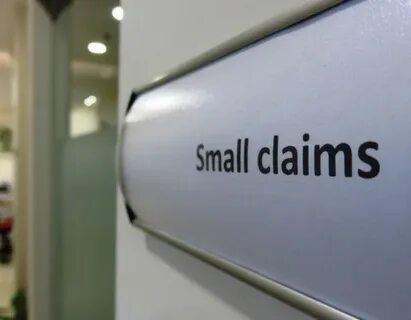Small Claims Edge: Documentation Habits That Win Outcomes

Success in small claims disputes rarely depends on passion or emotion; instead, it hinges on documentation. Judges make decisions based on clarity, accuracy, and reliability of the evidence presented. In Small Claims in California, many claimants underestimate how much documentation habits influence their outcomes. Organized records not only support a claim but also demonstrate preparedness and credibility. When claimants develop strong documentation habits, they gain a distinct edge, transforming ordinary disputes into cases that stand firmly in their favor.
Why Documentation Dominates in Small Claims
The small claims process exists to provide speedy resolutions to disputes without complex procedures. Because attorneys are often excluded, judges rely heavily on tangible proof rather than elaborate arguments.
The Role of Documentation
-
Establishes the timeline of events
-
Proves damages or financial losses
-
Validates verbal agreements with written evidence
-
Provides clarity when oral testimony is inconsistent
Without clear documentation, even valid disputes can collapse under scrutiny.
Building Strong Documentation Habits
Creating habits around documentation ensures evidence is available, organized, and persuasive. The difference between success and failure often lies in preparation long before a hearing.
Habit One: Save Everything Relevant
From receipts to digital messages, claimants should keep every piece of evidence tied to the dispute. Many dismiss small details, yet they often become decisive in court.
Habit Two: Organize Chronologically
Judges prefer simple timelines. Grouping records in order of occurrence paints a clear picture of events, making decisions easier.
Habit Three: Duplicate and Label
Bringing duplicates for both the judge and the opposing party prevents delays. Labels and numbering further increase credibility.
In Small Claims in California, claimants who show meticulous organization often gain immediate respect from the court.
Types of Documentation That Strengthen Claims
Different disputes require different forms of documentation. Knowing which to prioritize gives claimants an advantage.
Financial Evidence
-
Invoices, receipts, or canceled checks
-
Bank statements confirming payments
-
Loan agreements or promissory notes
Physical Evidence
-
Photographs or videos documenting damages
-
Repair estimates from licensed professionals
-
Property appraisals
Communication Records
-
Emails, text messages, or letters
-
Notes from phone conversations
-
Written notices or demands sent prior to filing
This variety of documentation creates a fuller, more persuasive case.
Documentation Pitfalls to Avoid
Even with evidence, poor habits can weaken a case.
Common Mistakes
-
Presenting disorganized stacks of paper
-
Submitting illegible photocopies
-
Bringing evidence unrelated to the claim
-
Failing to connect documents to the narrative
In small claims hearings, the judge may only have minutes to review materials. Clear and relevant evidence makes those minutes count.
The California Edge: Local Practices and Expectations
Understanding documentation requirements specific to California creates a sharper advantage.
Court-Specific Expectations
-
Claimants must provide evidence in formats the court accepts, such as printed documents rather than phone screenshots alone
-
Counties often provide guidance on evidence packets before hearings
-
Courts emphasize concise presentation to avoid overwhelming the judge
For Small Claims in California, adopting these practices ensures claimants align with judicial expectations while showcasing preparation.
Habit of Linking Evidence to Narrative
Documentation becomes most persuasive when connected directly to the story of the dispute.
Strengthening Narratives with Evidence
-
Reference exhibits while explaining events
-
Use documents to validate timelines
-
Highlight the strongest pieces of evidence first
When judges can immediately see how evidence fits into the overall claim, decisions become quicker and more favorable.
Post-Hearing Documentation Habits
Even after winning, documentation continues to play a role. Collecting judgments requires additional records.
Enforcement Evidence
-
Proof of judgment entry
-
Notices sent to the debtor
-
Bank account or employment information for collection
These follow-up documents keep cases moving toward actual recovery rather than ending at the judgment stage.
Conclusion
Effective documentation habits create the strongest edge in small claims disputes. By saving relevant materials, organizing chronologically, duplicating, labeling, and directly linking evidence to narratives, claimants ensure judges see a clear and credible case. In Small Claims in California, these habits align with court expectations, providing not only fairness but also efficiency. Claimants who commit to these practices secure outcomes that favor their preparation, giving them an undeniable advantage in the pursuit of justice.
- Art
- Causes
- Crafts
- Dance
- Drinks
- Film
- Fitness
- Food
- Jeux
- Gardening
- Health
- Domicile
- Literature
- Music
- Networking
- Autre
- Party
- Religion
- Shopping
- Sports
- Theater
- Wellness


